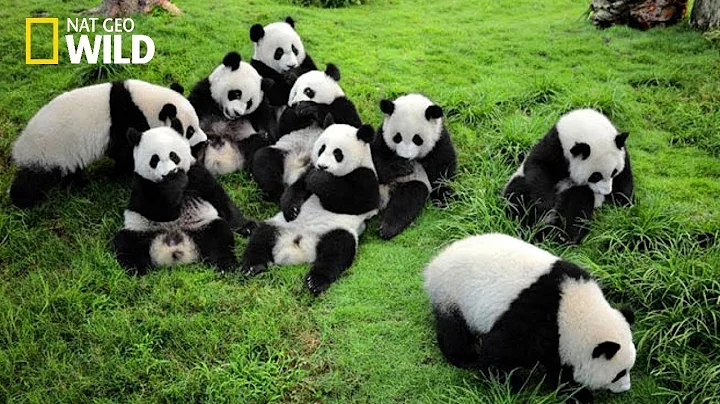
The giant panda, which belongs to the order Carnivora, is different from its brothers. It has many "stunts" that allow it to adapt to a life of eating bamboo . Among these stunts, panda's extra "thumb" is arguably the most famous but also the most mysterious. In addition to the normal five fingers on the forelimbs of most mammals, the giant panda also has a strongly enlarged wrist bone, the radial sesamoid bone, which serves as the sixth finger and forms a "thumb" that can be held oppositely. Grab the bamboo.
Recently, the research team of the Institute of Vertebrate Paleontology and Paleoanthropology, Chinese Academy of Sciences, in collaboration with colleagues, published a paper on the evolution of the panda's sixth finger, the "pseudo-thumb", in the international journal "Scientific Reports". The key pseudo-thumb and molar fossils of the primitive panda came from the scientific excavation of the late Miocene site of Shuitangba jointly organized by the Institute of Paleovertebral Research led by Deng Tao and Ji Xueping, the Yunnan Provincial Institute of Archeology, and the Zhaotong Municipal Government in 2015. Research results show that Eo-panda has the earliest enlarged radial sesamoid bone, which has formed the "thumb" function of the opposite grip. However, the panda's "thumb" has not increased further since the late Miocene, because it must not only grasp bamboo but also take into account the load-bearing function of walking in a plantar style, and cannot favor either side. Limitations in sharing body weight may be the main reason why the panda's pseudo-thumb never evolved into a full finger, but this rudimentary "thumb" shows that the giant panda's habit of eating bamboo originated at least 7 to 6 million years ago. .

The panda ecological restoration started in Zhaotong Reservoir Dam, Yunnan. The individual on the right shows a pseudo-thumb grasping function, and the individual on the left shows a walking posture

△The giant panda grasps and chews bamboo
Article source: Reprinted·CCTV News CCTV Finance
Review: Huainan
Producer: Wang Lin Hao Feng

Poke the little flower in the lower right corner to share it with more people





















